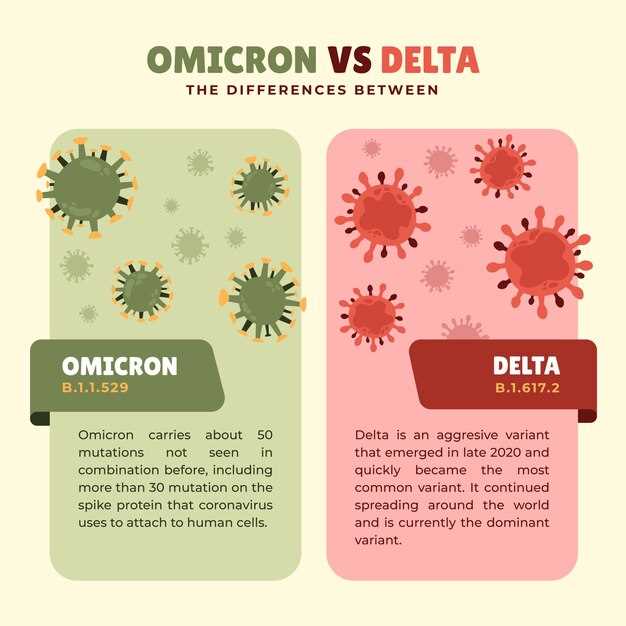
Looking for a medication to lower your cholesterol levels? Consider the benefits of atorvastatin and rosuvastatin
Atorvastatin and rosuvastatin are both members of the statin drug class, which are commonly used to lower cholesterol levels and reduce the risk of cardiovascular diseases. While they work in similar ways, there are some key differences between the two medications that you should be aware of.
Atorvastatin, also known by its brand name Lipitor, is one of the most commonly prescribed statin medications. It works by blocking an enzyme that plays a crucial role in cholesterol production in the liver. By reducing the amount of cholesterol produced, atorvastatin helps to lower both LDL (bad) cholesterol and triglyceride levels, while increasing HDL (good) cholesterol levels.
Rosuvastatin, also known as Crestor, is another widely prescribed statin medication. Like atorvastatin, it works by inhibiting the same liver enzyme responsible for cholesterol production. However, rosuvastatin is known to be more potent and effective compared to atorvastatin in lowering LDL cholesterol levels. Additionally, rosuvastatin has been shown to have a greater impact on increasing HDL cholesterol levels compared to atorvastatin.
When comparing atorvastatin and rosuvastatin, it’s important to consider factors such as dosage, side effects, and cost. Consulting with your healthcare provider can help determine which medication is best suited to meet your individual needs.
Efficacy

When it comes to the efficacy of statins, both atorvastatin and rosuvastatin have been shown to effectively lower cholesterol levels in patients with hyperlipidemia. These medications work by inhibiting an enzyme called HMG-CoA reductase, which is responsible for producing cholesterol in the liver.
Studies have shown that both atorvastatin and rosuvastatin can significantly reduce LDL cholesterol, or “bad” cholesterol, levels. In addition, they have been found to increase HDL cholesterol, or “good” cholesterol, levels. Lowering LDL cholesterol and increasing HDL cholesterol are important for reducing the risk of cardiovascular events, such as heart attacks and strokes.
Comparison of Efficacy
While both atorvastatin and rosuvastatin have been proven effective in lowering cholesterol levels, studies have shown that rosuvastatin may be more potent in reducing LDL cholesterol. In fact, rosuvastatin has been found to lower LDL cholesterol levels by up to 63%, compared to atorvastatin which lowers LDL cholesterol levels by up to 55%.
Furthermore, rosuvastatin has been shown to increase HDL cholesterol levels by up to 15%, compared to atorvastatin which increases HDL cholesterol levels by up to 10%. This is important because higher HDL cholesterol levels are associated with a lower risk of cardiovascular events.
Conclusion
In conclusion, both atorvastatin and rosuvastatin are effective medications for lowering cholesterol levels. However, rosuvastatin may be more potent in reducing LDL cholesterol and increasing HDL cholesterol. It is important to consult with your healthcare provider to determine which statin is most suitable for you based on your individual needs and medical history.
Safety
When it comes to safety, both atorvastatin and rosuvastatin are generally considered safe and well-tolerated medications for managing high cholesterol levels. However, as with any medication, there are potential side effects that should be taken into consideration.
Common side effects of both atorvastatin and rosuvastatin may include:
- Muscle pain or weakness
- Headache
- Abdominal pain
- Nausea or vomiting
- Diarrhea
In rare cases, these medications may also cause more serious side effects such as:
- Liver problems
- Memory loss or confusion
- Increased blood sugar levels
- Muscle damage
- Allergic reactions
If you experience any of these more severe side effects, it is important to contact your healthcare provider immediately.
It is also worth noting that both atorvastatin and rosuvastatin can interact with other medications, so it is important to inform your doctor about any other drugs you are currently taking.
Overall, while atorvastatin and rosuvastatin are generally safe and effective in reducing cholesterol levels, it is important to discuss any potential risks and benefits with your healthcare provider to determine the most appropriate medication for your individual needs.
Side Effects
While both atorvastatin and rosuvastatin are effective in lowering cholesterol, they can also cause certain side effects. It is important to be aware of these potential side effects before starting treatment with either medication.
Common Side Effects
Both atorvastatin and rosuvastatin can cause common side effects, which may include:
- Muscle pain or weakness
- Headache
- Nausea
- Diarrhea
If you experience any of these side effects, it is important to inform your healthcare provider. They can help determine if the medication needs to be adjusted or if it is safe for you to continue taking it.
Rare but Serious Side Effects
In rare cases, both atorvastatin and rosuvastatin can cause more serious side effects. These may include:
- Liver problems
- Muscle breakdown
- Kidney problems
- Allergic reactions
If you experience any of these serious side effects, it is important to seek medical attention immediately. These side effects are rare, but can be serious and require prompt treatment.
Talk to Your Doctor
Before starting treatment with atorvastatin or rosuvastatin, it is important to talk to your doctor about your medical history and any other medications or supplements you are taking. Your doctor can help determine if either medication is right for you and monitor for any potential side effects.
Dosage

Knowing the correct dosage for your medication is essential for obtaining the best results. Both atorvastatin and rosuvastatin are available in different strengths and should be taken as prescribed by your healthcare professional.
Atorvastatin:
The typical starting dose of atorvastatin is 10 mg taken once daily. The dosage can be adjusted based on your individual needs and response to the medication. The maximum recommended dose is 80 mg per day.
Rosuvastatin:
The usual starting dose of rosuvastatin is 10 mg taken once daily. Your doctor may adjust the dose based on your specific condition and how you respond to the treatment. The maximum recommended dose of rosuvastatin is 40 mg per day.
It is important to note that the dosage of these medications may vary depending on your age, medical history, and other factors. Always follow your healthcare provider’s instructions and do not change your dosage without consulting them first.
Taking the correct dosage of atorvastatin or rosuvastatin can help effectively lower your cholesterol levels and reduce the risk of cardiovascular events. It is crucial to adhere to the prescribed dosage and not miss any doses to maximize the benefits of these medications.
Cost
When it comes to the cost of medication, it is important to consider the affordability and accessibility of the options available. Both atorvastatin and rosuvastatin are widely available and come in generic forms, making them cost-effective alternatives to brand-name statins.
The price of these medications can vary depending on the pharmacy and location, but generally, atorvastatin tends to be more affordable compared to rosuvastatin. This price difference can be significant for individuals who are on long-term statin therapy and need to consider the cost-effectiveness of their treatment options.
Generic Versions
Both atorvastatin and rosuvastatin have generic versions available on the market, which are typically more affordable compared to their brand-name counterparts. Generic medications contain the same active ingredients as their brand-name counterparts, ensuring that patients receive the same level of efficacy and safety at a more affordable price.
It is worth noting that while generic medications are more cost-effective, they are just as effective as brand-name medications. This means that individuals can experience the same health benefits from taking the generic version of either atorvastatin or rosuvastatin, while saving on costs.
Insurance Coverage
Insurance coverage can also play a significant role in the cost of these medications. Some insurance plans may have preferred formularies that cover atorvastatin or rosuvastatin at a lower cost, while others may require a higher co-payment for one brand over the other.
It is important for individuals to check with their insurance provider to understand the specific coverage details and any potential cost differences between atorvastatin and rosuvastatin. By doing so, patients can make an informed decision about which medication is the most cost-effective option for their needs.
In conclusion, the cost of medication is an important factor to consider when choosing between atorvastatin and rosuvastatin. Both medications have generic options available, which are generally more affordable compared to the brand-name versions. Additionally, insurance coverage can also affect the cost of these medications. By considering these factors, individuals can make an informed decision about the cost-effectiveness of their statin therapy.
